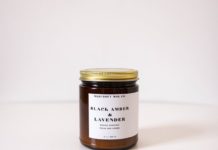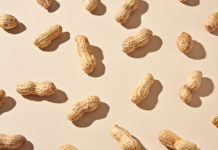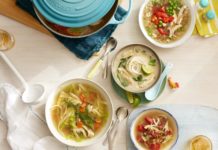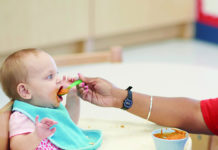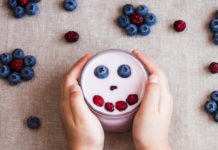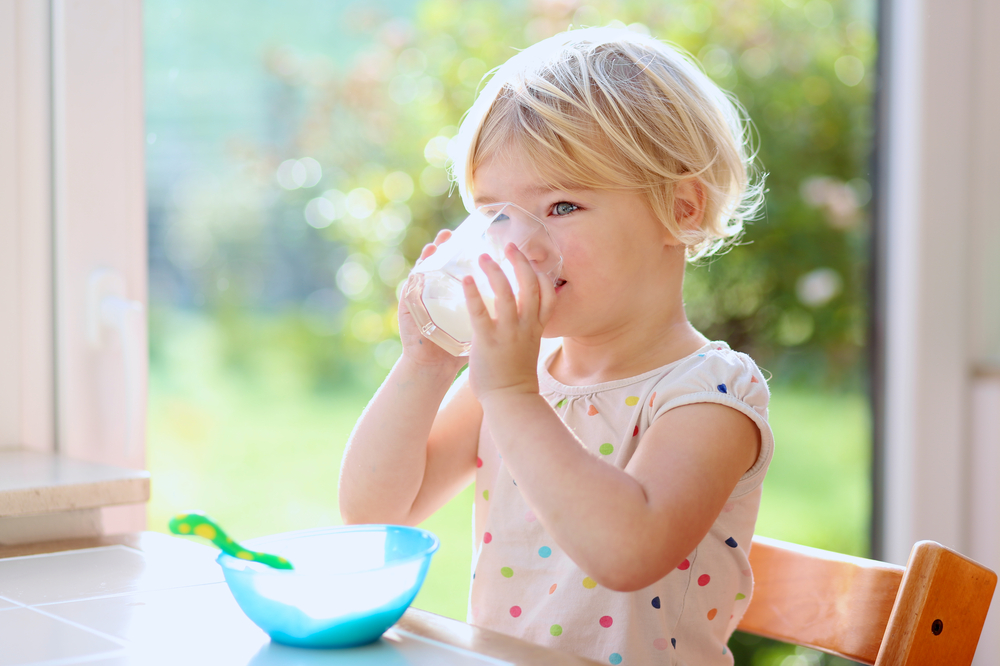
Non-dairy milks such as rice milk and soy milk are trendy right now. But for many families, it's not about following a fad. Some choose these milks because of an intolerance or allergy to cow's milk. Other families eat a vegan diet that eliminates all animal products. In our house, I actually stock both dairy and non-dairy milks and have even made my own batches of almond and cashew milk (it's easy—here's how).
Non-dairy milks can certainly be part of a healthy diet for kids. But as a dietitian, I've seen some misinformation out there that concerns me. It's important to be informed so you can be sure your child is getting the nutrition he needs. Here are some facts you need to know about non-dairy milks:
1. They should never be used as infant formulas.
Infant formulas are specifically designed to meet the unique needs of babies. They're regulated by the FDA and must meet federal nutrient standards. Non-dairy milks are not safe swaps for formula (for example, never give soy milk in place of a soy-based infant formula). Both cow's milk and non-dairy milks can be part of your child's diet after age 1.
2. They are not nutritionally similar to cow's milk.
Non-dairy milks aren't one-for-one substitutions for regular milk, nutritionally speaking. In fact, calcium-fortified soy milk is the only non-dairy milk that the USDA's MyPlate guidelines consider as equivalent to dairy (because it's the closest in terms of protein). Unlike non-dairy milks, cow's milk is naturally a good source of nutrients like protein, calcium, potassium, and vitamin B12.
3. Homemade versions are not good sources of calcium or vitamin D.
While homemade nut milks are easy to make (and taste much fresher than store-bought), keep in mind that non-dairy milks are typically fortified with calcium and vitamin D. So the homemade kind won't provide those same nutrients.
4. Most are very low in protein.
I've seen almond milk listed as a good source of protein. But it actually contains very little protein: only about 1 gram per serving compared to 8 grams for cow's milk or 7 grams for soy milk. (Although almonds are a good source of protein, the nut solids are actually strained out when making the milk.) Hemp, cashew, rice, and coconut milk are also low or very low in protein. So unless you're serving soy or pea milk, don't count on non-dairy milk as a good source—and be sure your child is getting protein in other places.
5. It's important to shake them before serving.
In the case of calcium-fortified milks, the calcium solids can settle on the bottom of the carton. So to get the bone-building calcium in your glass, shake the carton well before pouring.
6. Some varieties pack a lot of sugar.
Watch out for flavored non-dairy milks, which can contain multiple teaspoons of sugar in a glass. Case in point: A glass of name-brand vanilla almond milk has four teaspoons of added sugar per serving (that's about half a day's worth for a child ages 4-8!). I'm okay with my kids having some flavored milk, but even varieties marked "original" may contain added sugar. Check the ingredient lists for sources of added sugar and look for the word "unsweetened" on the front of the package.
7. They all have unique flavors.
If you're searching for a non-dairy milk that your kids like, there's a lot to choose from, and they all have different flavors. While almond milk and cashew milk are slightly nutty, rice milk is mildly sweet. Experiment to find what your family likes best. And if they don't like non-dairy milks straight up, they might like them blended into a smoothie!
Sally Kuzemchak, MS, RD, is a registered dietitian, educator, and mom of two who blogs at Real Mom Nutrition. She is the author ofThe Snacktivist's Handbook: How to Change the Junk Food Snack Culture at School, in Sports, and at Camp—and Raise Healthier Snackers at Home. She also collaborated with Cooking Light on Dinnertime Survival Guide, a cookbook for busy families. You can follow her on Facebook, Twitter, Pinterest, and Instagram. In her spare time, she loads and unloads the dishwasher. Then loads it again.






